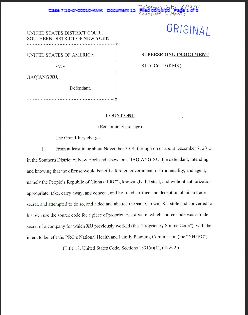Cross-Domain Deterrence and Credible Threats | Center for Strategic and International Studies. At the link above can be found a new short paper by Jim Lewis of the Center for Strategic and International Studies, deescribed on their website as:
The concept of deterrence rests on a series of assumptions about how potential opponents recognize, interpret and react to threats of retaliation. The fundamental assumption is that a correct interpretation by opponents will lead them to reject certain courses of action as too risky or too expensive. The problem is that potential opponents may misinterpret deterrent threats while others may be not feel threatened, and are therefore harder to deter.
The thesis of the piece seems to be that "military force is of limited utility in responding to or deterring actual cyber threats. … Uncertainties over attribution and collateral damage reduce the ability to make a credible threat outside of armed conflict."
This paper and other similar ones on the CSIS site are useful and from a highly authoritative and experienced author. They are not, however, in an academic format. There are no footnotes or citations to authority. Thus, you are left to your own research to determine the accuracy of assertions such as these found on page one:
Since we know the identity of an attacker in perhaps only a third of cyber incidents, and since a skilled attacker will disguise their identity to appear as someone else, the United States could easily attack the wrong target. This almost happened in 1998, when DOD was prepared to authorize a counterstrike against the PLA, whom it assumed was responsible for an ―attack, when it discovered that the authors were actually three teenagers in California. (emphasis added)
The paper is dated July 1, 2010. You can download it in PDF format directly from this link: Cross-Domain Deterrence and Credible Threats. I further note that Mr. Lewis was kind to visit the Syracuse University campus last term and speak with our students. A video of his presentation Conflict in Cyberspace: Neither War Nor Diehard IV can be found on the SU Institute for National Security and Counterterrorism web site, here.




Leave a Reply